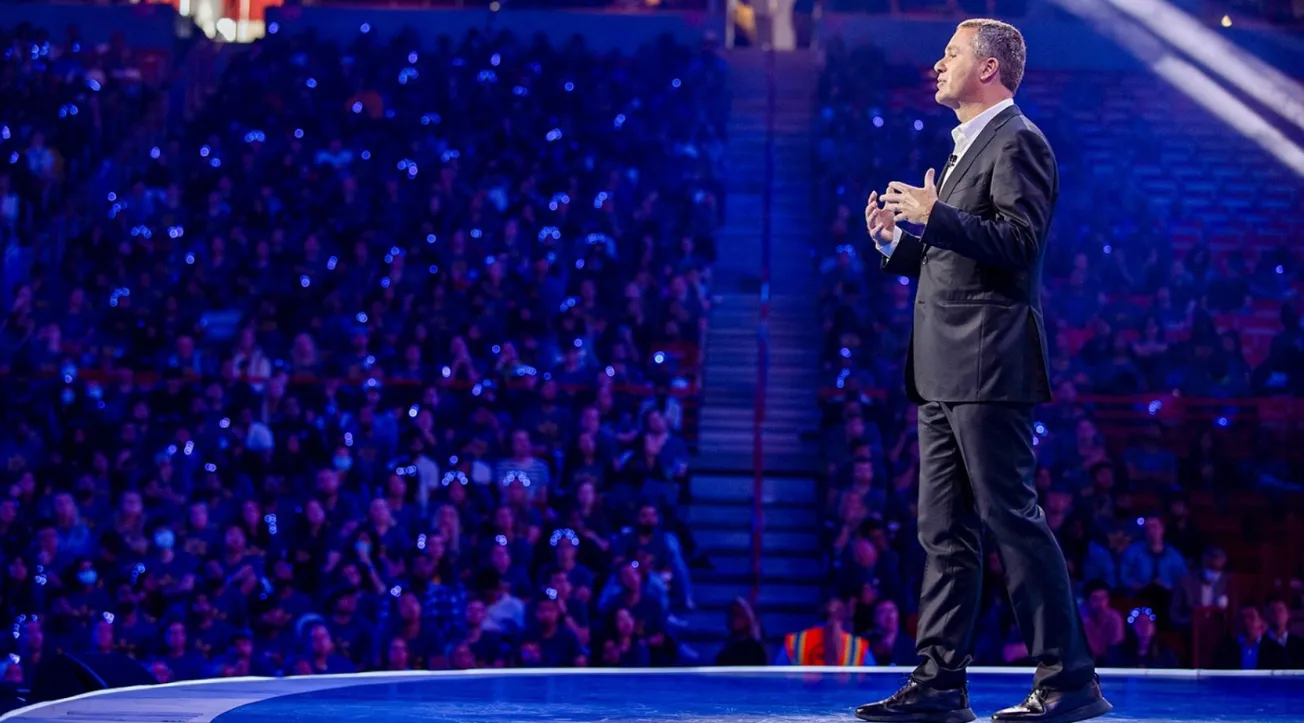“Gentlemen, we can rebuild him. We have the technology. We have the capability to make the world’s first bionic man. Steve Austin will be that man. Better than he was before. Better … stronger … faster.”
Those words are part of the opening narration from each episode of “The Six Million Dollar Man,” a television series from the early ’70s that envisioned what a tech-enabled human with cyborg-like parts could do to help the U.S. government fight bad guys.

Now, some 50 years later, retail consultant and author Gary Hawkins has come out with a book — Bionic Retail: How to Thrive in an Exponential World — asserting that today’s technology can enable retailers to serve their customers better than anyone could have imagined back when the bionic man was on television and retailers like Kmart and Sears were still enjoying their heydays.
“Ever-faster processing power, exploding big data and rapidly advancing artificial intelligence are fusing together to create an innovation flywheel as we accelerate up and out the exponential growth curve of technology,” Hawkins writes. “Powered by this flywheel, digital operating and business models are supplanting traditional retail as leading companies build unified data foundations that speed deployment of AI capabilities and connect physical and business process automated systems across the enterprise via a digital nervous system. Bionic Retail. Making retail better, faster and stronger.”
The road to the AI- and data-enabled future may be challenging for many retailers, though, Hawkins warns, as traditional ways of doing things and old technology get in the way of change. Retailers have long operated within a linear supply chain model, with such functions as distribution, merchandising, marketing, operations, human resources and legal all handled separately, each with its own silo of applications and data. That has led to the creation of a complex web of point-to-point integrations over time, Hawkins warns, resulting in a “giant hair ball” of inefficiencies, growing complexity and decreasing operational effectiveness.
Hawkins argues that Amazon’s journey offers one blueprint for traditional retailers grappling with these challenges. Starting as a book retailer in the mid-’90s, Amazon expanded into various product categories, initially falling into the same siloed structure as traditional retail. Founder Jeff Bezos recognized that this model was unsustainable given Amazon’s growth aspirations, and in 2002 he mandated the elimination of silos, promoting a unified data foundation through APIs or standard interfaces. This transformation enabled Amazon to integrate new AI capabilities seamlessly and rapidly roll out innovative services.
Hawkins argues that other retailers need to move to a unified data foundation, akin to Amazon’s model, in order to enable faster and easier deployment of AI capabilities across their enterprises.
Another significant hurdle for traditional retailers is “technical debt.” Outdated systems, delayed updates, and quick fixes have created a risk of system failures, breaches and opportunity costs, Hawkins argues. Slow or nonexistent Wi-Fi in stores, for example, hampers the deployment of new technologies like augmented reality for workers. Retailers must address this technical debt and revamp their organizations if they are to keep pace with their competitors.
The good news is that anyone interested in Hawkin’s vision of retailing’s bionic future has a low-tech way to learn more: They can just buy his book.







